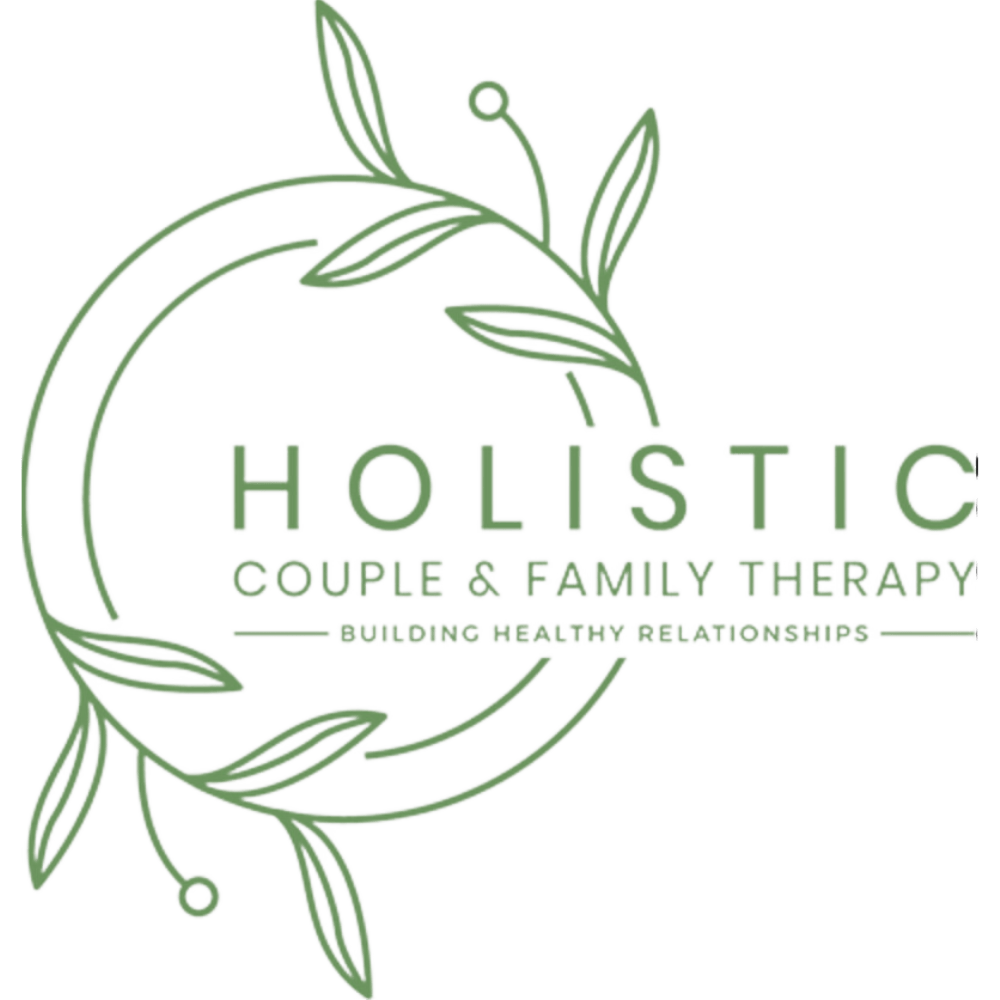In a world that often encourages us to compartmentalize our struggles—treat the mind separately from the body, or the symptoms instead of the root cause—holistic therapy offers a refreshing alternative. But what is holistic therapy, really? At Holistic Couple & Family Therapy, we believe healing is most effective when it addresses all aspects of who you are: your thoughts, emotions, body, relationships, and sense of meaning or purpose. In this blog, we’ll answer some of the most common questions about holistic therapy, explain how it works, and share how it might benefit your mental health journey—especially if you’re seeking something deeper than traditional talk therapy.
What is the meaning of holistic therapy?
Let’s start with the basics: What is holistic therapy, and what does the word “holistic” actually mean?
Holistic therapy is an approach to mental health care that considers the whole person, not just the symptoms. That means it looks at how your mind, body, emotions, spirit, relationships, and environment are all connected—and how each of these areas can influence your well-being.
The word “holistic” comes from the Greek word holos, meaning “whole.” Holistic therapy is grounded in the belief that your emotional health doesn’t exist in isolation. Your body, your past experiences, your culture, your daily habits, your relationships, and even your spiritual beliefs all play a role in how you feel and function.
Instead of focusing only on what’s wrong, holistic therapy seeks to understand why you’re feeling the way you are—and how we can support healing in multiple dimensions of your life. It’s a compassionate, non-pathologizing approach that values your story, your intuition, and your inherent capacity for growth.
What does a holistic treatment do?
So what does a holistic treatment actually do in a therapy session?
Holistic therapy helps you explore your challenges from multiple angles—not just through talk, but through a combination of approaches designed to promote balance, awareness, and self-compassion. Treatment might include traditional psychotherapy alongside other supportive techniques like:
-
Mindfulness and breathwork to calm the nervous system
-
Somatic (body-based) practices to release stored tension or trauma
-
Creative expression through art, movement, or journaling
-
Nutritional or lifestyle support (when appropriate and within scope)
-
Spiritual exploration or grounding rituals if that aligns with your values
In holistic therapy, there’s no one-size-fits-all treatment plan. Instead, your therapist will work collaboratively with you to understand what you need emotionally, physically, and energetically—and tailor the experience to meet you there. The goal isn’t just symptom relief. It’s deeper healing, greater alignment, and a renewed sense of wholeness.
Holistic treatment can be especially helpful when you’re feeling disconnected from yourself, stuck in patterns that no longer serve you, or exhausted by trying to “think your way” out of emotional pain. It invites you to slow down, listen to your body and heart, and reconnect with your inner wisdom.
What is an example of a holistic approach?
Let’s say someone comes to therapy feeling overwhelmed, anxious, and burned out. A traditional therapist might help them challenge anxious thoughts or develop better time management skills. A holistic therapist would do that and more—by exploring how their lifestyle, boundaries, nervous system, emotional history, and even diet or sleep habits might be contributing to their distress.
For example, a holistic approach might include:
-
Talking through the sources of anxiety and how they relate to personal values or unmet needs
-
Teaching grounding techniques to regulate the body’s stress response
-
Encouraging practices that foster connection—like spending time in nature, moving the body, or journaling
-
Looking at how perfectionism, people-pleasing, or trauma patterns are affecting the mind-body system
-
Exploring existential questions like, “What do I want my life to feel like?” or “What does balance look like for me?”
This approach honors the complexity of being human. It’s not about “fixing” you. It’s about nurturing your capacity for healing, growth, and integration across all areas of your life.
What is holistic therapies example?
Holistic therapy isn’t limited to one technique—it’s more like a framework that integrates many modalities. Here are a few common examples of holistic therapies:
-
Mindfulness-Based Therapy: Helps you become more present and less reactive by using meditation and awareness practices.
-
Somatic Experiencing: A body-centered approach to healing trauma by tracking physical sensations and releasing stored stress.
-
Art or Expressive Therapy: Uses creativity as a tool for self-exploration and emotional processing.
-
Ecotherapy (Nature-Based Therapy): Supports healing through connection with the natural world.
-
Spiritual Counseling: Offers space to explore your beliefs, values, and sense of purpose, especially in times of transition or grief.
-
Integrative Body Psychotherapy or Reiki (when used adjunctively): Can complement emotional work with energetic or body-based support.
At Holistic Couple & Family Therapy, we combine traditional evidence-based therapies with integrative practices based on your unique needs. Whether you’re navigating trauma, relationship challenges, anxiety, or burnout, we’ll help you tune into your whole self—not just the parts that feel broken.
Final Thoughts
So, what is holistic therapy? It’s a way of healing that sees you as a complex, vibrant, and resilient being—not just a list of symptoms to manage. If you’ve ever wished your therapist would see all of you—your body, your story, your culture, your soul—holistic therapy might be the path you’ve been searching for.
At Holistic Couple & Family Therapy, we create space for you to reconnect with yourself, make sense of your emotions, and move toward healing with intention and care. You deserve support that sees the full picture of who you are—and helps you thrive.

